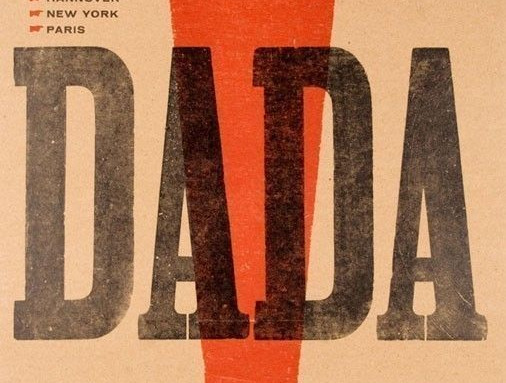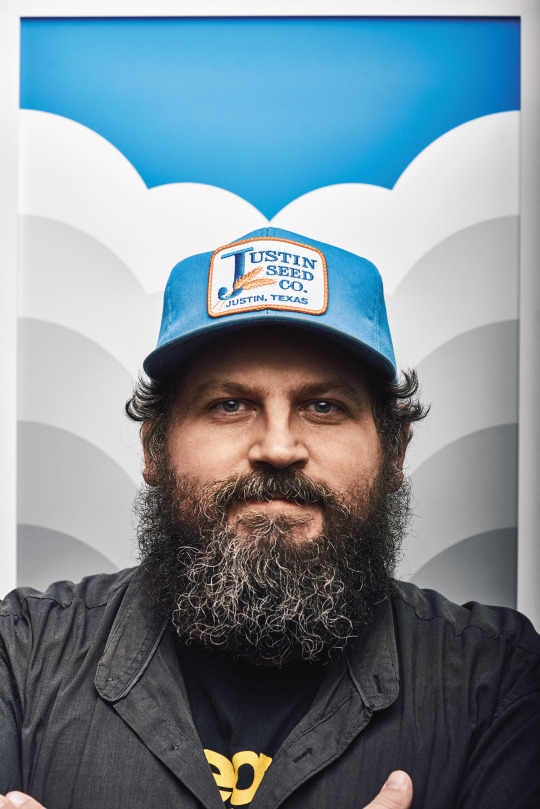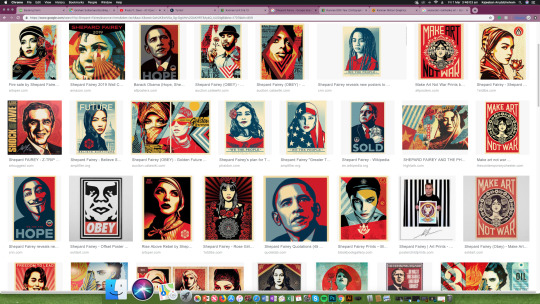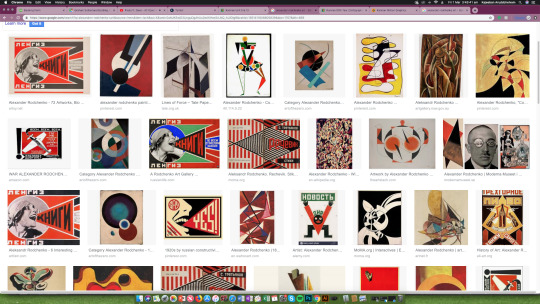Don't wanna be here? Send us removal request.
Text
Modernist Architecture
Modernist Architecture, also known as innovation, is a style that appeared in the early 20th century in response to large scale changes in society and technology. It is associated with how buildings function and seen from an analytical viewpoint, rational use of materials, the elimination of ornament and decoration, and openness to structural innovation. Modernism was developing not just architecture, but across every field. It was accommodating and responding to the new technology of machines, automation and urban design. Modernism surrounded lots of different variations, including Futurism, Constructivism, De Stijl and Bauhaus.

One of the key design elements of Modernist Architecture is honesty to materials. Steel, concrete, glass and wood are the four main materials used in modern buildings. Another design element is “the purpose is the essence”, this is a rule which suggests the function is a key objective and drives the overall form of the structure. It indicates that the buildings we see are the result of the intended meaning or purpose behind them. Simplicity is also a design element used as it makes the buildings look sophisticated and is something that people can never be bored of. Clean and crisp lines are also an element in modern buildings. Modern architecture favours linearity over the decorative or curvilinear geometry. One more design element is less is more; this means buildings are approached with minimalism. No excessive ornamentation, no excessive elements, just a bare minimum of elements.
Bauhaus
Bauhaus was a revolutionary art school and design movement that helped shape the age of modernism and changed design forever. It impacted Europe and the United States majorly after it closed. The name Bauhaus comes from a combination of German words for building (bau) and house (Haus) and had the intention to evoke the idea of working to build a new society. It was shaped by the 19th and early 20th centuries trends such as the Arts & Crafts movement. The Bauhaus school was founded by Walter Gropius in 1919 and closed in 1933 and was based in Weimar, Germany until 1925, Dessau till 1932 and Berlin in its last months. The Bauhaus combined two schools, The Weimar Academy of Arts and the Weimer School of Arts and Crafts. By training the students equally in art and in technically expert craftsmanship, the Bauhaus sought to end the division between the two.

In the mid 19th century, reformers led by the English designer William Morris had pursued to bridge the same division by emphasising high-quality handicrafts in combination with a design appropriate to its purpose. Eventually, in the last decade of that century, it had led to the Arts and Crafts movement. The Bauhaus denied the Arts and Crafts emphasis on individually executed luxury objects. They had realised machine production had to be the requirement of design if that effort was to have any impact in the 20th century, Gropius directed the school’s design efforts toward mass manufacture. Modern designers have since thought of producing functional and aesthetically pleasing objects for mass society rather than individual items for the wealthy.
The Bauhaus had many great artists of the 20th-century teaching, including Johannes Itten, Josef Albers, Laszlo Moholy-Nagy, Paul Klee and many more. The workshops in the school included carpentry, metal, pottery, stained glass, wall painting, weaving, graphics, typography and stagecraft. The Bauhaus teaching method replaced the usual student-teacher relationship with the idea of artists working together. Its goal was to bring art back into contact with everyday life, architecture, performing arts, design and applied arts were therefore given as much weight as fine art.
The main principles for Bauhaus are that it needs to follow form function; it needs to stay consistent with colour theory, composition, etc. It needed to have a clean, efficient design that can be easily reproduced; the school made it clear of the importance of simple, geometric designs which could be more efficiently and easily reproduced and manufactured.
Dada
Also referred to as Dadaism, Dada was an art movement that began in Zurich, Switzerland in the early 20th century of the European Avante-Garde. It formed as a reaction to World War I and consisted of artists who rejected the logic, reason, and aestheticism of modern capitalist society. They had instead expressed nonsense, irrationality, and anti-capitalism in their works. The movement dissipated with the establishment of Surrealism, but the ideas it introduced became the key features of various categories of modern and contemporary art.

Some key individuals in the Dada art movement are Hannah Höch. She was born in Gotha, Germany on November 1st 1889 and died on May 31, 1978, in Berlin, Germany. She was not only a rare female practising prominently in the arts around the beginning of the 20th century, but also consciously promoted the idea of women working in the creative industry more generally. She addressed in her work, in the form of photomontage, the issue of gender and the figure of women in modern society. She had made Dada Dolls that were quite distinct from any work created by the others in the Berlin group of Dada artists with which she was associated with earlier in her life. The dolls suggested her awareness of Dada ideas more generally from its establishment in Zurich during 1916. She was influenced by Hugo Ball, a writer and Zurich based founder of Dada since Höch’s doll costumes resemble the geometric forms of Ball’s own costume worn in a Dada performance.
Another key individual is Kurt Schwitters. He was born on June 20th 1887 in Hanover, Germany and died on January 8th, 1948 in Kendel, Cumbria, England. He used garbage from the streets during the depressed state of Germany after WWI. He incorporated the garbage directly into his work and the resulting collages were characterised by their well-balanced arrangements and their inclusion of printed media. He actively created artistic journals, illustrations, advertisements, as well as founding his own Merz journal. He wrote poems and musical works that played with letters, lacing them together in unusual orders and combinations, as he did in his collages, with the hope that people will interpret it in different ways. His avant-garde works were collaborations with other avant-garde artists, they would start with one object and others would be added to change and evolve the art over time, allowing the viewer to experience the art instead of simply viewing it.
Russian Constructivism
Russian Constructivism was a movement that was active from 1913 until the 1940s. The movement was created by the Russian avant-garde but expanded quickly to the rest of the continent. Constructivist art is committed to reflecting the modern industrial world, where themes are often geometric, experimental and rarely emotional. Constructivist themes also tend to be quite minimal, where the art is broken down to its most basic elements. New media was often utilised in the production of works, which helped create a style that was orderly. Objective forms carrying universal meaning were far more appropriate to the movement than subjective or individualistic forms. An art of order was desired at the time as it was just after WWI that the movement arose, which suggested a need for understanding, unity and peace.

One of the famous artists involved in Russian Constructivism was Vladimir Tatlin. He was born on December 28th, 1885 in Kharkov, Russian Empire, and died on May 31st, 1953 in Moscow, Russia. He was often described as a “laboratory Constructivist”, he took lessons and learned from Pablo Picasso’s Cubist reliefs and Russian Futurism, and began creating objects that sometimes composed between sculpture and architecture. He was initially trained as an icon painter, he soon left the traditional pictorial concerns of painting and instead concentrated on the possibilities inherent in the materials he used, often metal, glass and wood. He wanted above all to bend art to modern purposes and to tasks suitable for the goals of Russia’s Communist Revolution. The arc of his career has come to define the spirit of avant-gardism in the 20th century, the attempt to bring art to the service of everyday life.
Another key individual was Kazimir Malevich. He was born on February 26th, 1879 near Kiev, Ukraine and died May 15th, 1935 in Leningrad, Soviet Union. He was the founder of the artistic and philosophical school of Suprematism, and his ideas about forms and meaning in the art would eventually constitute the theoretical underpinnings of non-objective, or abstract art. Malevich worked in a variety of styles, but his most famous and important works were focused on the exploration of pure geometric forms (squares, triangles and circles) and their relationships to each other within the pictorial space.
0 notes
Text
Aaron Draplin
Aaron Draplin is a popular contemporary graphic designer known for his logo designs and poster art. He is also the founder of Draplin Design Co. He was born on October 15th, 1973 in Detroit, Michigan and was also raised there. He attended St Francis High School until 10th grade and then moved to Traverse City Senior High to finish the rest of his education, graduating in 1991. He started his associate degree at Northwestern Michigan College at the age of 17 and learned the basics of Visual Art. When he was 19, he moved to Bend, Oregon to chase his dream of becoming a professional graphic designer. He started working on Snowboard designs and progressed onto bigger things from there.

These are some of the posters he had made. One is of water, another is of clouds and another one is of the sunset. These posters have a similar style in which it is different layers of the same shape but the colour gets darker and darker by each layer. This style works as it is simple but effective as the different shades represent the depths and give it more of a 3D effect making it look like shadows and more realistic. The colours also all go really well together as he uses natural colours and nothing that looks too strange.

This is a logo that he has created for Nike. He has used unique shapes to create his own font for the logo. The A almost looks like the legs of someone running which fits for the Nike sports theme. He has used the same shape for the M and 3 but rotated it which works well as it is still clear what it says and the same goes for the 6 and 0. This entire logo works well as it looks unique and you wouldn’t see a logo like this often so it creates a good branding for Nike and people will recognise the font only for Nike.

0 notes
Text
Shepard Fairey
Shepard Fairey is an American graphic artist and social activist. Part of the Street Art movement along with other artists including Banksy. Fairey blurs the boundary between traditional and commercial art through type and image, communicating his brand of social critique via prints, murals, stickers, and posters in public spaces. “Art is not always meant to be decorative or soothing, in fact, it can create uncomfortable conversations and stimulate uncomfortable emotions,” he stated. Born on February 15, 1970, in Charleston, SC, Fairey attended the Rhode Island School of Design, creating his seminal Obey series during the early 1990s. The artist is perhaps best known for his Hope (2008) campaign, which portrays in red, white, and blue, a portrait of then-presidential candidate Barack Obama. In 2017, the artist created a series of three posters featuring portraits of culturally diverse women in red, white, and blue in response to the xenophobic rhetoric of President-elect Donald Trump. Fairey currently lives and works in Los Angeles, CA. His works are included in the collections of the Smithsonian in Washington, D.C., the Los Angeles County Museum of Art, and the Victoria and Albert Museum in London.

0 notes
Text
Alexander Rodchenko
Alexander Rodchenko is perhaps the most important avant-garde artist to have put his art in the service of political revolution. In this regard, his career is a model of the clash between modern art and radical politics. He emerged as a fairly conventional painter, but his encounters with Russian Futurists propelled him to become an influential founder of the Constructivist movement. And his commitment to the Russian Revolution subsequently encouraged him to abandon first painting and then fine art in its entirety and to instead put his skills in the service of industry and the state, designing everything from advertisements to book covers. His life's work was a ceaseless experiment with an extraordinary array of media, from painting and sculpture to graphic design and photography. Later in his career, however, the increasingly repressive policies targeted against modern artists in Russia led him to return to painting.

His early years showed his artistic talent and quest for innovation. He mainly experimented with geometric compositions during 1917-1918. In 1919, he created an entirely abstract series of Black on Black paintings.
0 notes